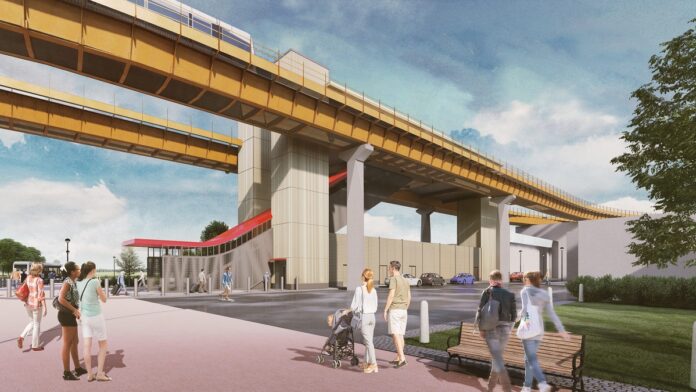HS2 Ltd has invited two companies to tender for a major contract worth around £269 million to supply, operate, and maintain the elevated transit system at Solihull’s Interchange Station. Following a shortlisting process, POMA S.A.S and Doppelmayr Cable Car UK Ltd will now submit their bids.
The successful bidder will be awarded two contracts. The first covers the design, supply, and installation of the Automated People Mover (APM) cable-pulled operating system. The second involves the maintenance and operation of the system for a 25-year period.
The APM is a crucial element of HS2’s operation, designed to transport thousands of people per hour between Interchange Station, the National Exhibition Centre (NEC), Birmingham International Railway Station, and Birmingham Airport. It will provide a seamless link for regional, national, and international passengers.
The 2.2-kilometre-long elevated viaduct will cross the West Coast Main Line, the NEC, Pendigo Lake, and the M42 motorway.
Ailsa Waygood, HS2 Ltd’s Project Client for the APM and Interchange Station, said: “It’s an exciting development as we invite the two shortlisted companies to progress to the formal tender stage, entering the next phase in turning our vision for the APM into reality.”
“Designed to boost connectivity in the West Midlands, the APM is an important part of the HS2 programme – linking Interchange Station with several of the region’s most prominent transport hubs and leisure venues.”
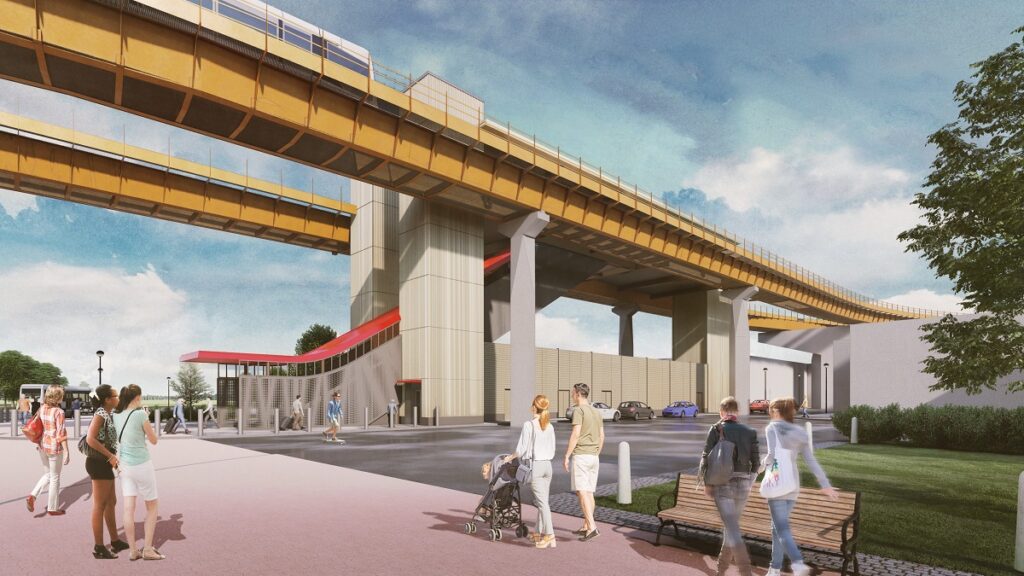

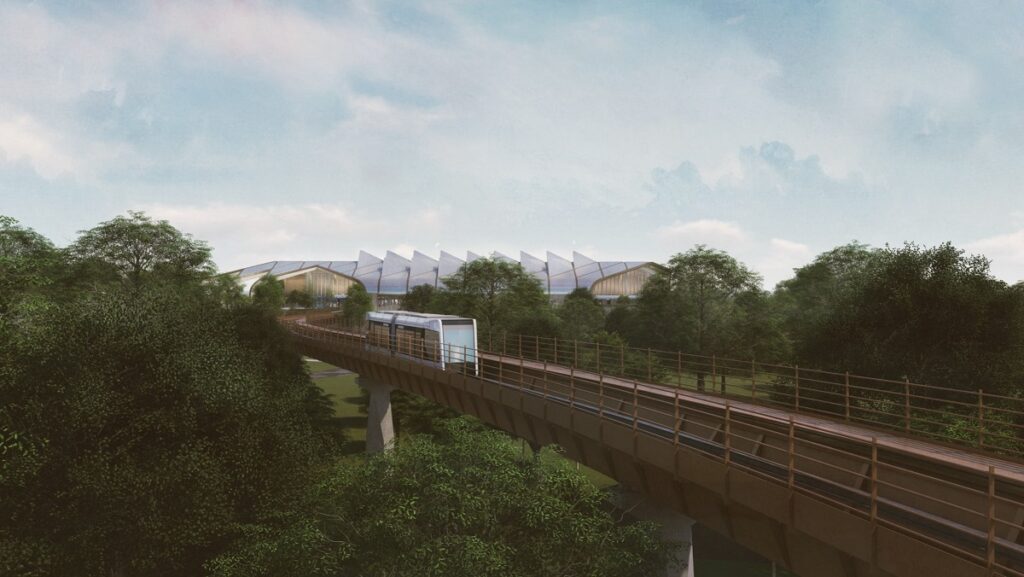
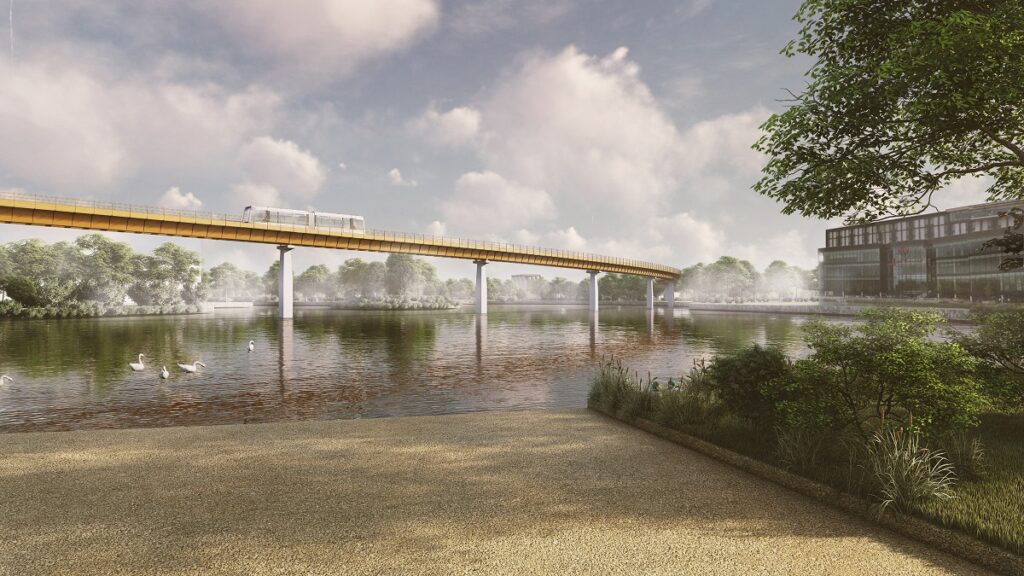
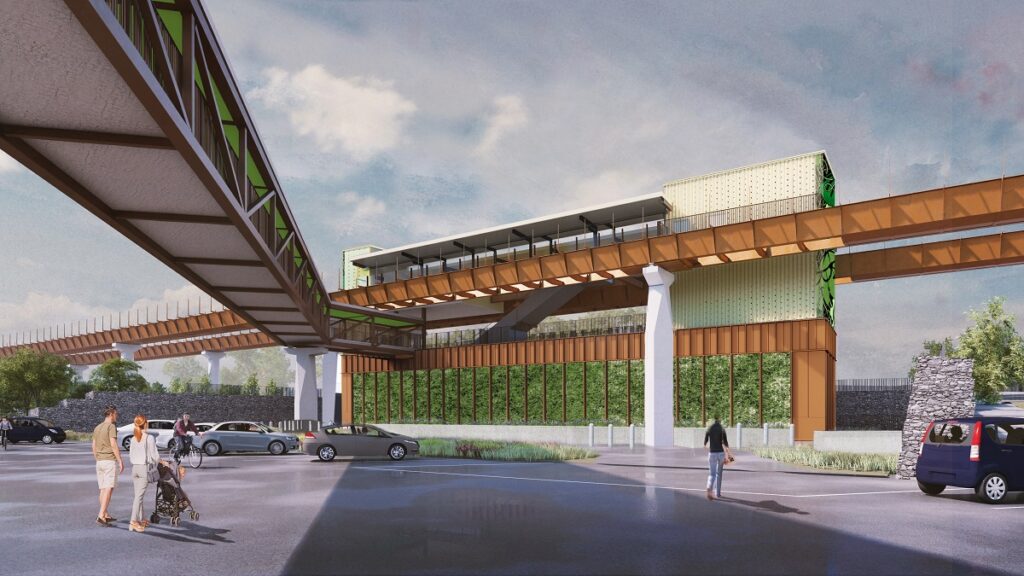
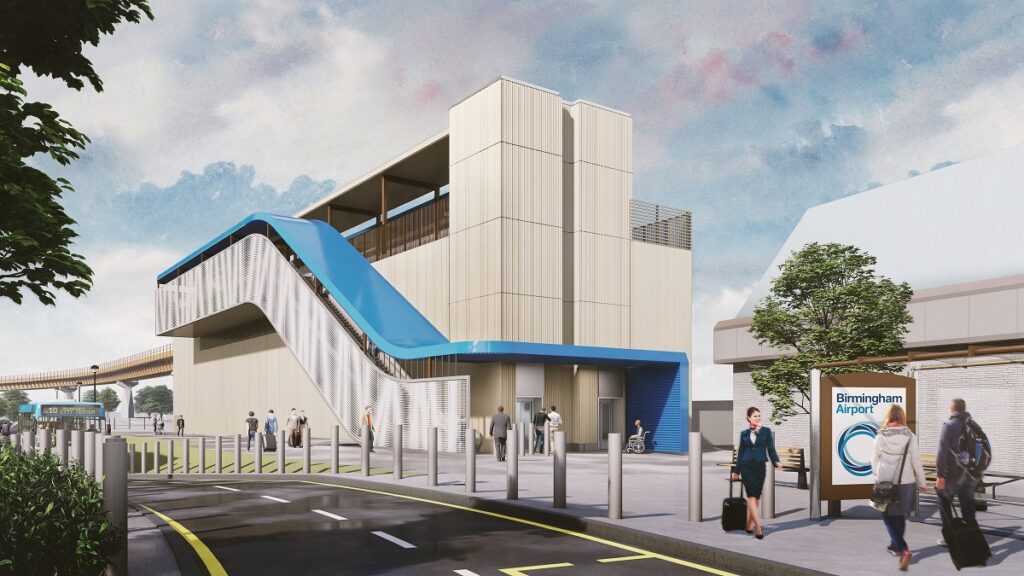
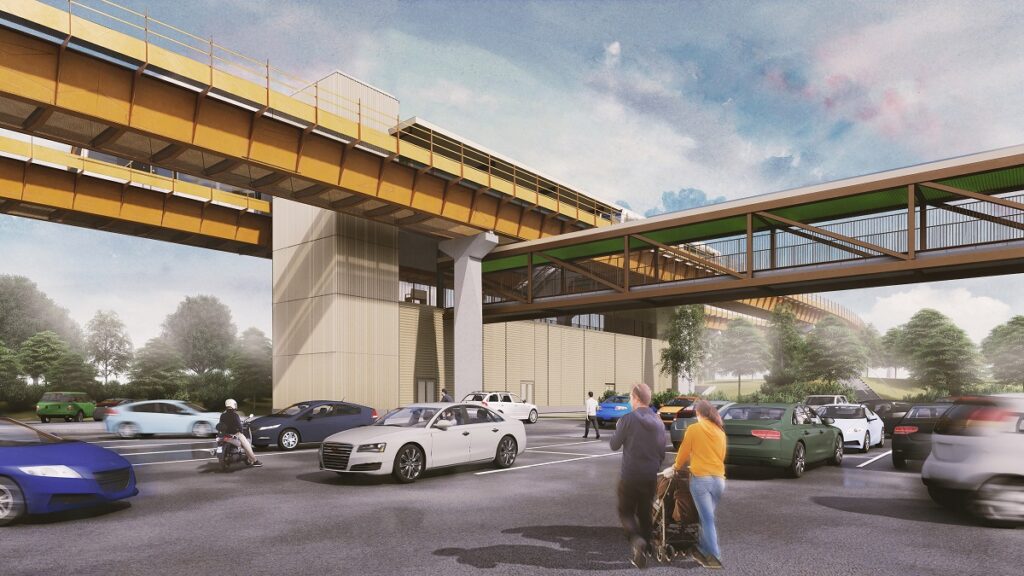
HS2 Ltd expects to award the operation and maintenance contract in mid-2026. The search for a supplier to design and build the APM infrastructure is also underway, following market engagement that began in spring 2024.
HS2 construction between the West Midlands and London is progressing, currently supporting over 31,000 jobs. Upon completion, HS2 services will run between London and the West Midlands on a dedicated high-speed line before continuing north via the existing West Coast Main Line.
The new high-speed railway promises faster and more efficient journeys while freeing up capacity on the congested West Coast Main Line, allowing for more local and freight train operations.

